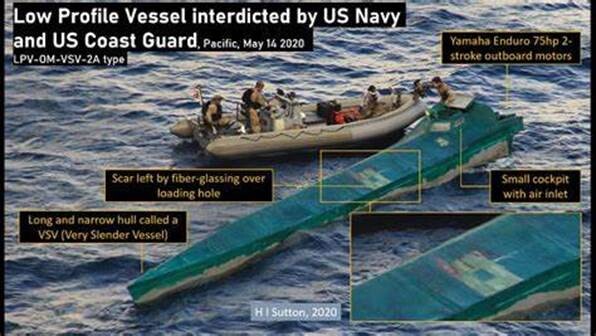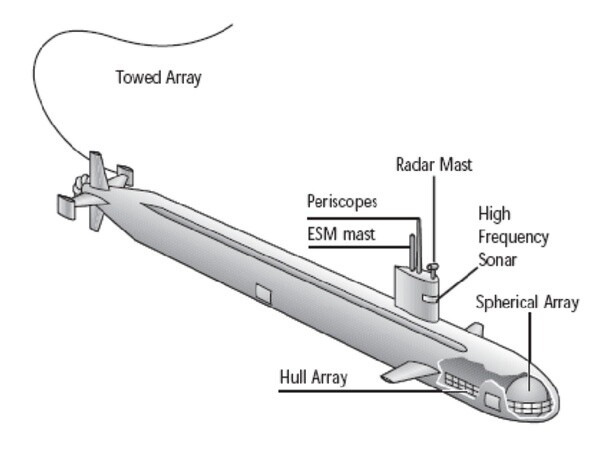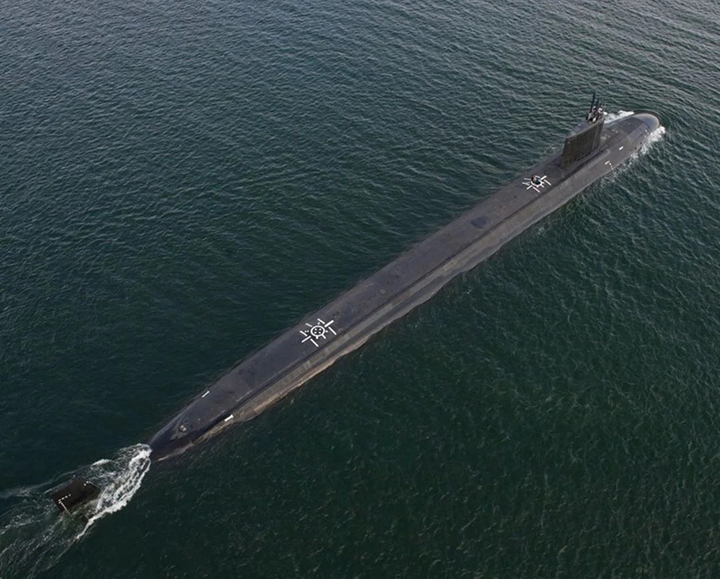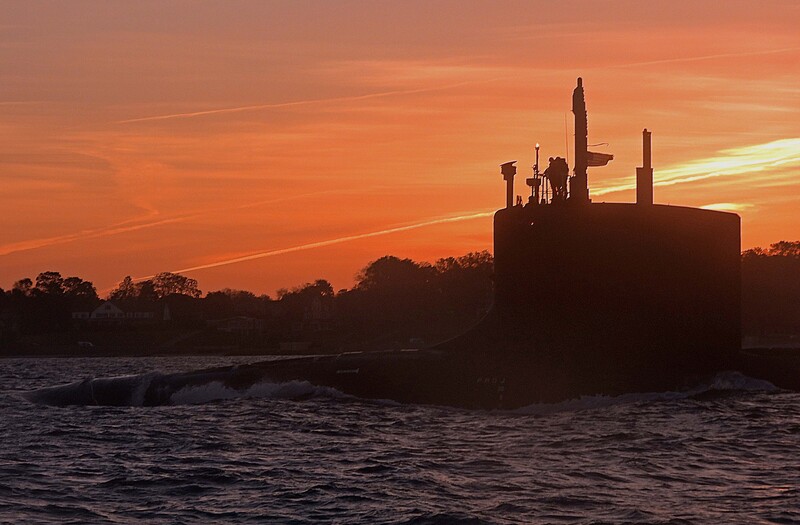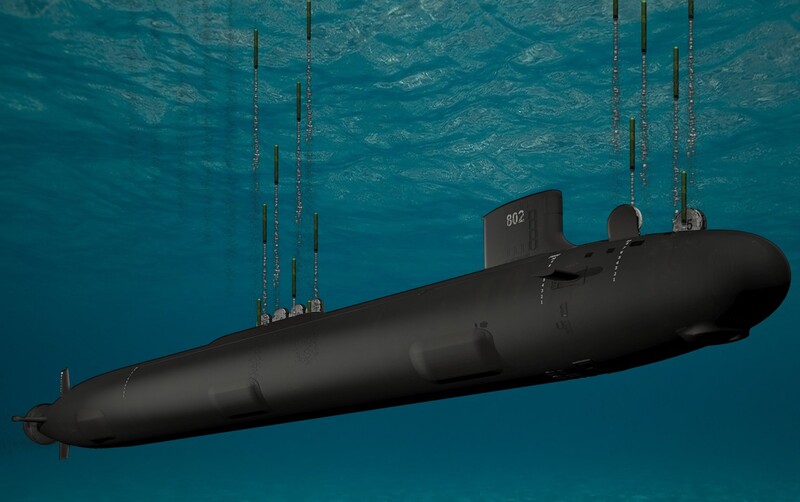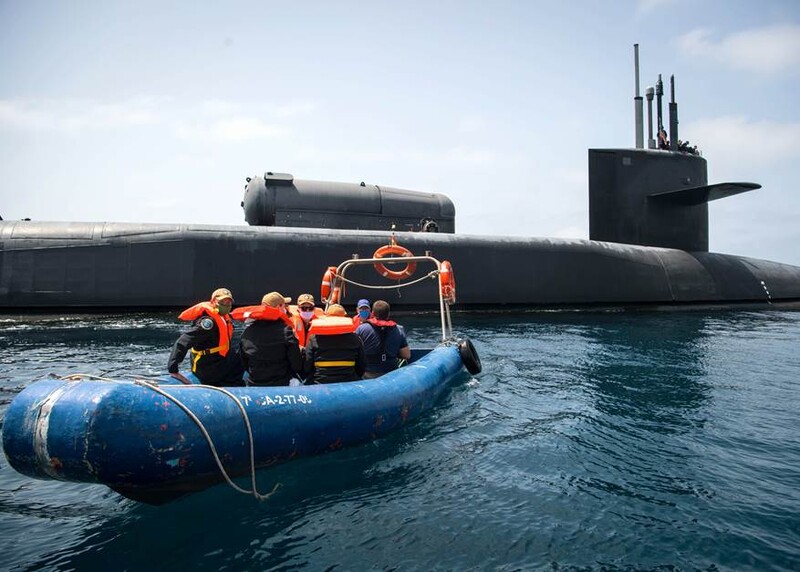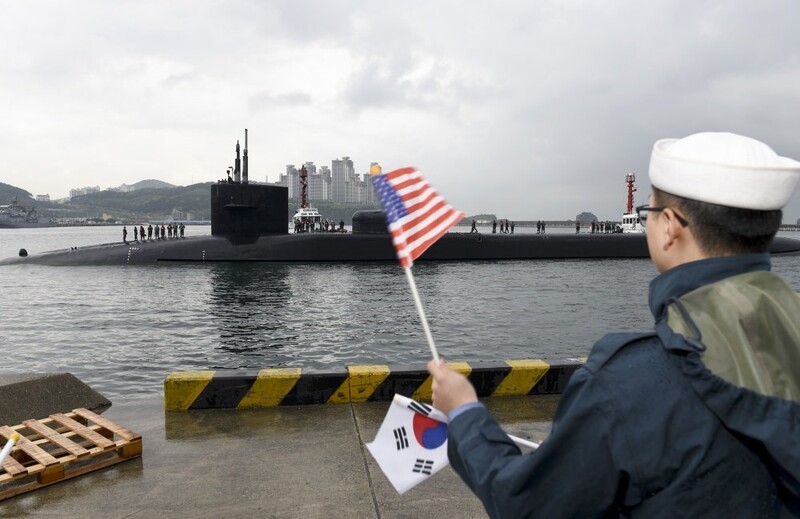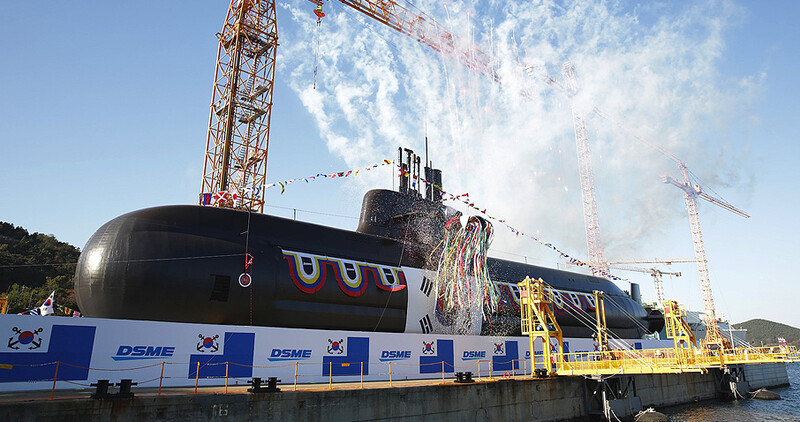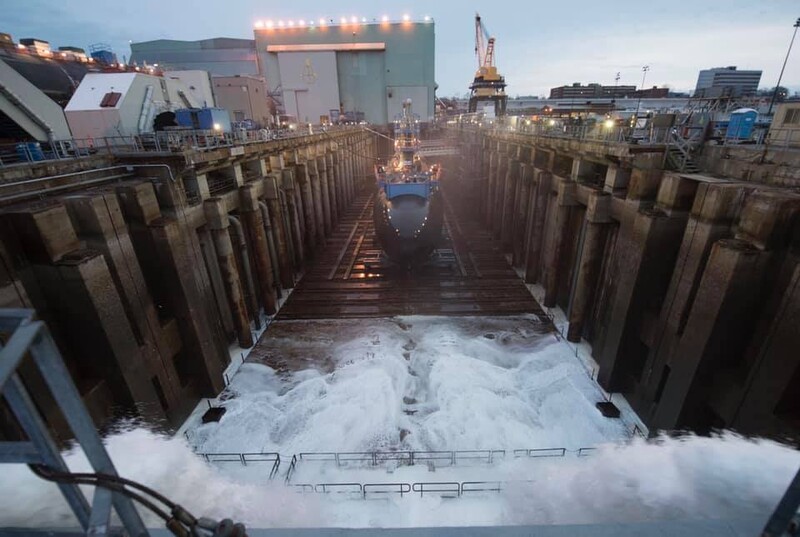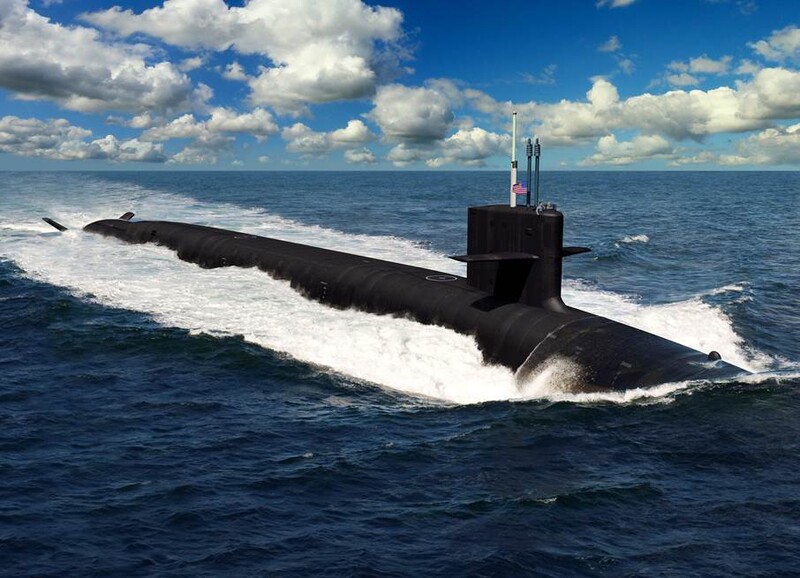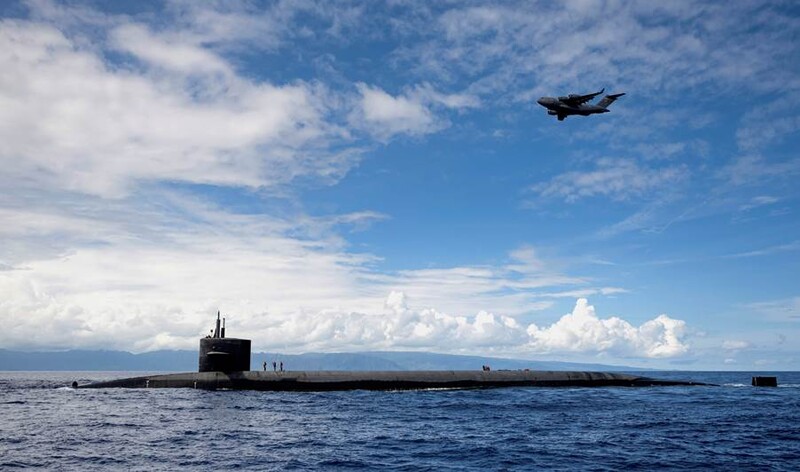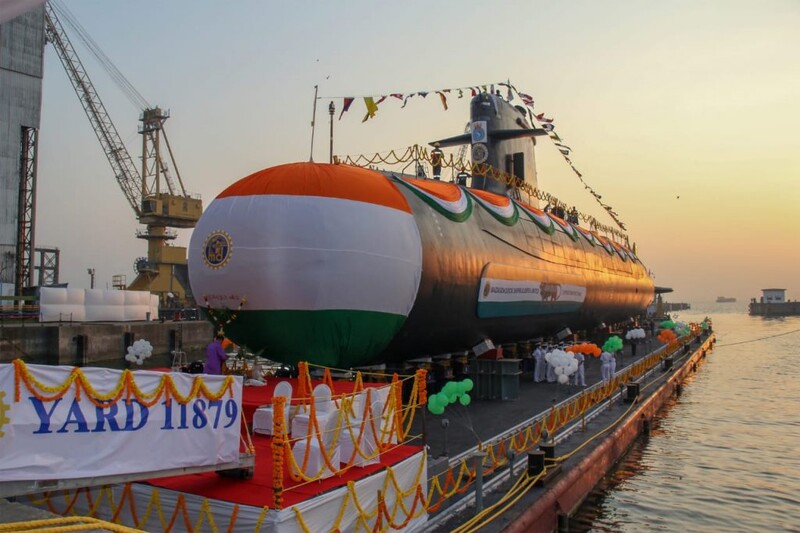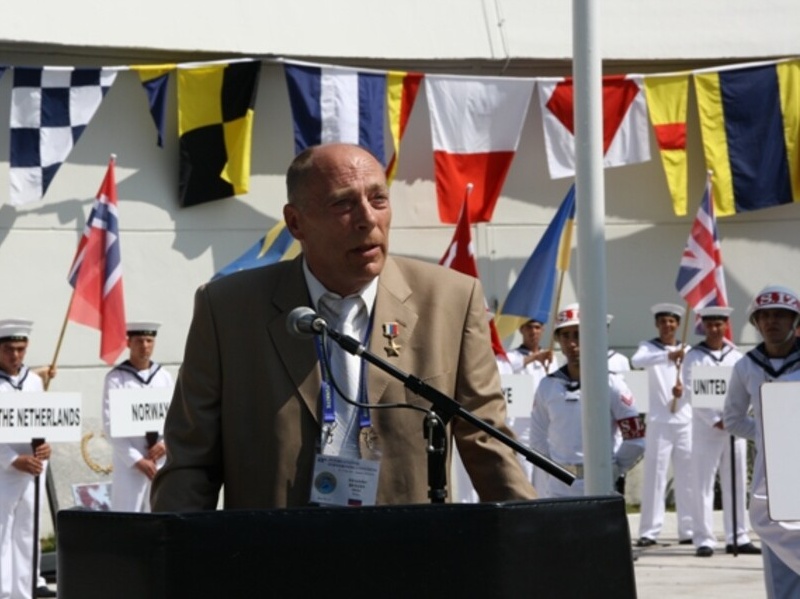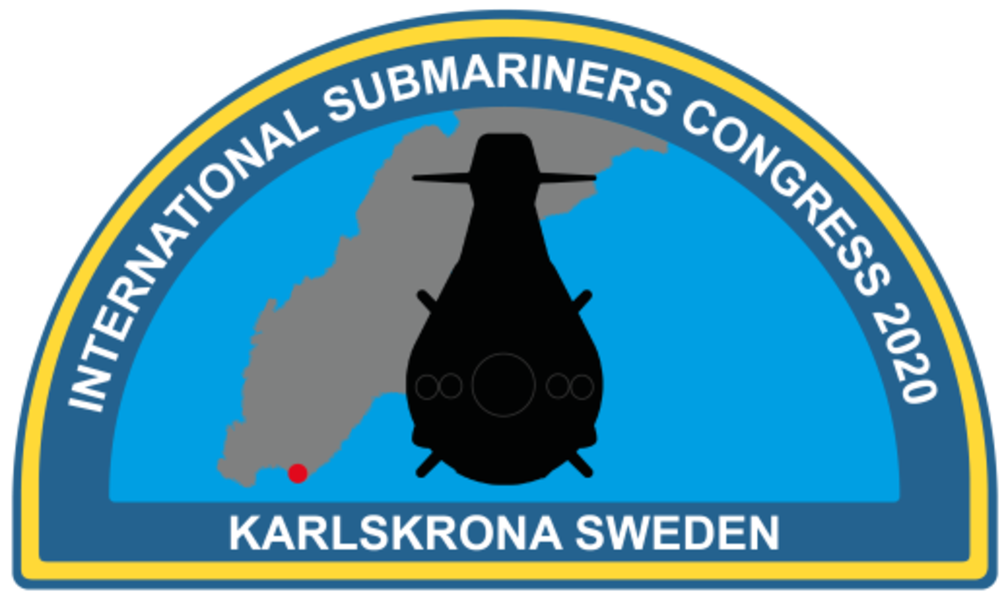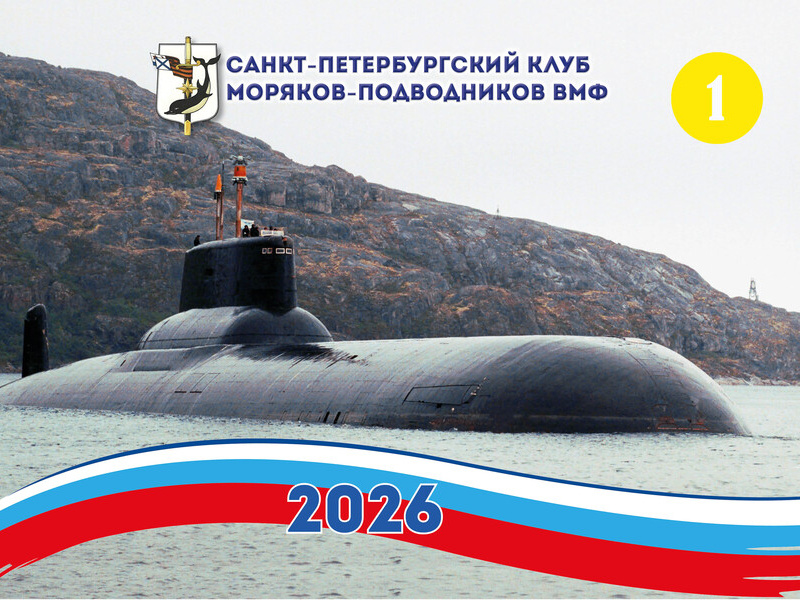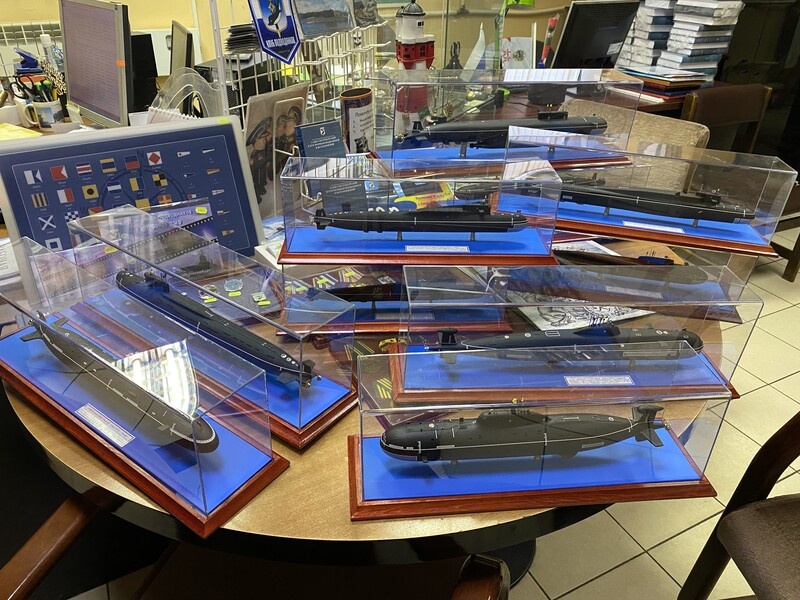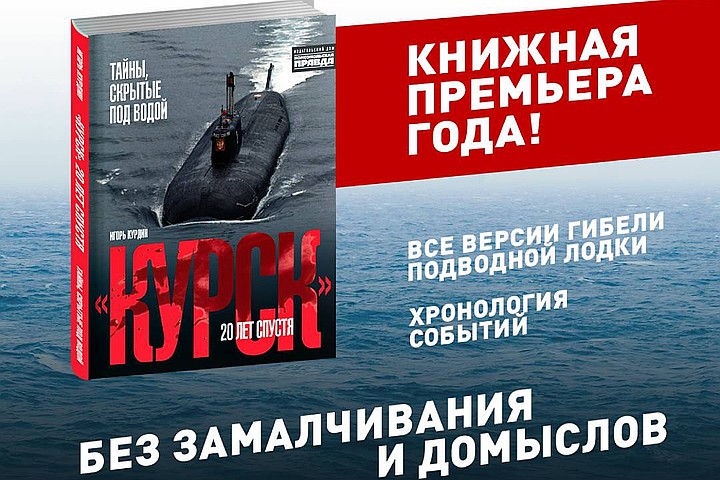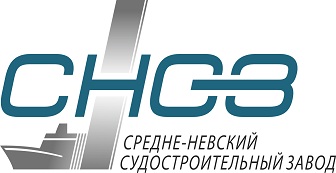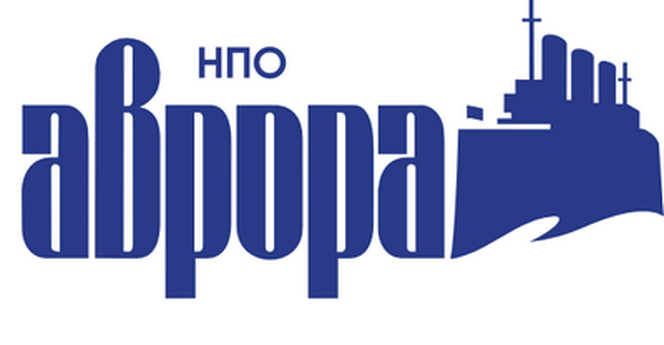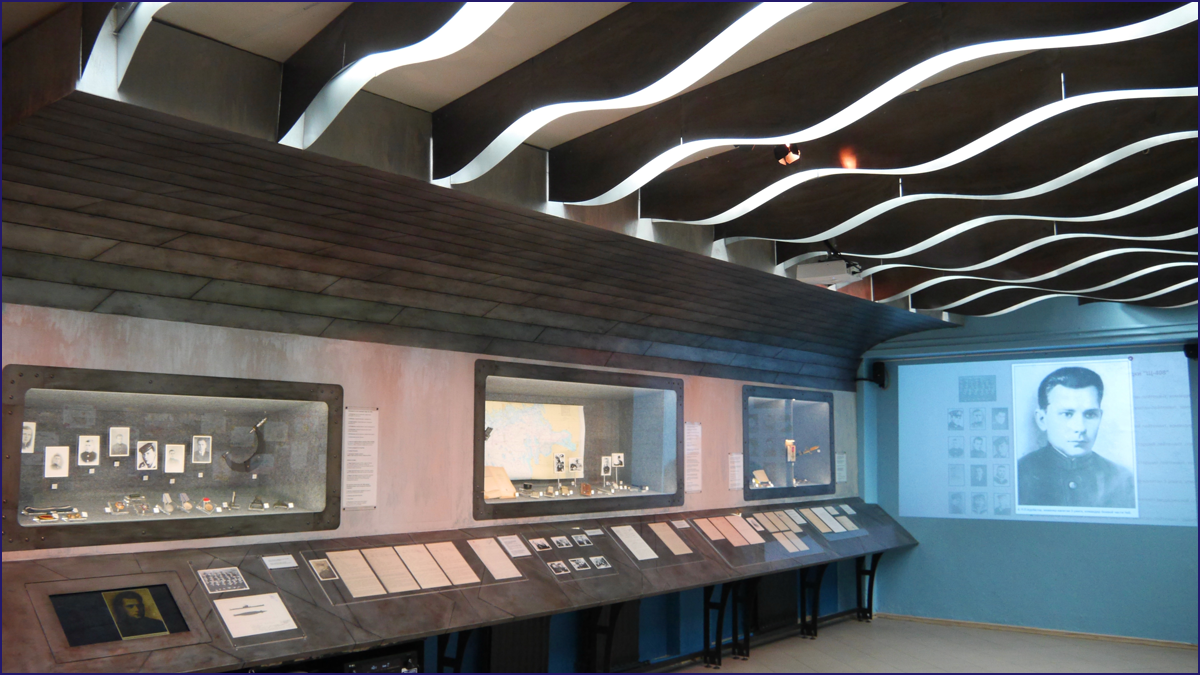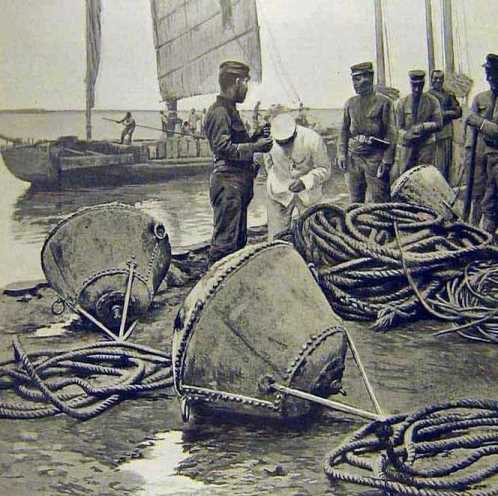Date: 25 Nov 2020
WWW.isausa.org
The Swedish Congress website
www.57isc.com
Due to the Virus’s ongoing threat, Registration is on hold at the website above for the 2021Sweden Congress.
Join 31 Other Nation’s Submariners for fun and travel; once this Virus is gone.
Consider becoming a member of the ISA-USA; you will benefit in many ways.
1. Be part of a 50-year tradition of international friendships of submarine sailors. Check out www.submariners.org for the history of the International Association
2. Travel to foreign countries to participate in conventions that usually include thirty-one states in attendance.
3. Establish friendships with submariners from other nations.
4. Contribute your Submarine history and experience in our World Wide e-mail blast.
5. We Cheerfully accept members that have not served but are interested in worldwide submarine activities
Lifetime membership only $50.00.
ISA/USA Membership Application. All new members of ISA/USA receive a Membership card, ISA/USA Patch, and a new larger Vest Pin. On our weblink below and print an application:
https://nebula.wsimg.com/a06e11df9dcf28c2ae0ec803786d400d?AccessKeyId=4BBB4A7A11A45D3E3BF9&disposition=0&alloworigin=1
Send completed form and membership fee to:
John Bud Cunnally E.T.C. (SS) Ret. USN – President
International Submariners Association of the USA (ISA/USA)
4704 Coppola Drive
Mount Dora, Fl 32757-8069
We have lost another ISA/USA member James McConnell of Cape Coral, Florida. James is survived by his wife, Ruth.
“I have one consolation that lives with me today that God is near to them, in his unique way. So, Jesus in all Your mercy, keep near Thyself the soul, Of every Submariner, on their final patrol.
Lord, this departed shipmate James with Dolphins on their chest is part of an outfit known as the best. Make them welcome and take by the hand through heaven’s gate. Without a doubt, you will find they were the best in all the land.
So, heavenly Father, please add James McConnell to our departed shipmates’ rolls still on patrol. Let them know that we who survive will always keep their memories alive.”
“Sailor, rest your oars.” You stand relieved. We have the watch.
The Rise of the Narco Navy
By: Adam Elkus
June 15, 2020, 7:59 p.m. •
Somali pirates and Iranian irregular warfare craft are well known to naval audiences, but the narco navy deserves equal infamy for its drug-smuggling operations in the Americas. Both crude self-propelled semi-submersibles and full makeshift submarines are complicating drug interdiction in the Americas. The United States and international partners have responded with network-centric surveillance, tracking, and interdiction efforts. Still, seaborne interdiction operations are ultimately adjuncts to the more expansive interdiction missions conducted on the U.S.-Mexican border itself. The counter-narcotics operations are run throughout Central and Latin America by the US military and the Drug Enforcement Administration.
Since the beginning of the War on Drugs in the 1970s, the United States and its partners have sunk vast sums into detecting, interdicting, and deterring drug smuggling. But, as rapper Rick Ross observed, drug smugglers consider “being dead broke [as] the root of all evil.” The mind-boggling sums of money available to those who can supply products to the hemisphere’s biggest drug market are more than enough to convince drug lords and their agents to risk imprisonment, injury, and death. How much money? By 2009 estimates (the latest available), Mexican and Colombian cartels rake in $39 billion in wholesale drug profits annually. Depending on where you live in the US, a kilo of cocaine sells between $34,000 to $120,000. The risks are significant, but so are the potential rewards.
The drug war’s primary battlespaces are the “plazas,” a set of heavily contested drug-trafficking routes in northern Mexico. Cartels spill blood and cut off heads for control of the plazas, but the Caribbean trafficking routes are no less important. By utilizing small craft and “narco-subs,” drug smugglers make it more difficult and expensive for the US to interdict them. The narco navy also heavily exploits capability gaps among American partners that lack American manpower and advanced intelligence, surveillance, and reconnaissance systems.
The most basic surface combatant utilized by the narco navy is the old-fashioned and dependable go-fast boat. Familiar to viewers of Scarface and Miami Vice, the go-fast boat is typically between 25 and 45 feet in length and mostly travels at night. A typical go-fast boat contains one to two tons of Colombian cocaine and typically complete a coke run in one day. Go-fast boats are occasionally augmented by slower craft such as Mexican “panga” boats—small fishing boats used to transport marijuana from Mexico’s Pacific coast to California.
But the narco navy is hardly limited to surface operations. Drug smugglers have their silent service in the narco-subs. So what are narco-subs? These craft range from cheap, self-propelled semi-submersibles that move products over short distances to submarines with periscopes capable of traveling from South America to the United States. Narco-submarines have been discovered in Mexico, Ecuador, Colombia, and other regions of the Americas. They augment the fast-boast force through their ability to transport drugs and evade detection clandestinely.
Narco-subs, while primitive compared with advanced Western navies, are nothing to be scoffed at. They have long since evolved from the disposable water coffins utilized in the 1990s to super subs that operate out of clandestine pens along the Colombian coastline. One narco-sub contained up to 10,000 pounds of cocaine and was equipped with global positioning systems. Another sub was 74 feet long, with twin propellers and a 5-foot conning tower. Of course, not all narco-subs are sophisticated, as smaller subs capable of transporting lesser loads shorter distances continue to be employed.
How do the United States and its partners cope with narco-subs and go-fast boats? Some of the same principles of data fusion, collaboration, and synchronization that Norman Friedman dubbed “picture-centric warfare” in warfighting come into play when interdicting the narco navy. The United States Southern Command (SOUTHCOM) has invested in the use of intelligence, surveillance, and reconnaissance tools and nontraditional organizations like the Joint Interagency Task Force South that share information throughout the US government.
The United States has also significantly internationalized the drug war. The US, Canadian, Central American, and European joint anti-illicit trafficking campaign Operation Martillo is one of SOUTHCOM’s critical tools for combating drug smuggling. With 14 countries participating, Martillo netted 119 metric tons of cocaine with a wholesale value of $2.35 billion. Because of the problem’s sheer scale, decisive operations against drug traffickers are only possible with international cooperation.
However, Martillo is only one segment in a broader American set of regional security initiatives in the Americas. In Mexico, cooperation against drug cartels occurs under the framework of the Merida Initiative. Extensive American civilian and military assistance has also resumed in Central America, increasingly buffeted by violent drug-related crime and violence. Just as naval operations ultimately are aimed at influencing events on land, the US contest with the narco navy augments and supports land-based operations.
As long as drugs are profitable, traffickers will invest in more elaborate ways to evade the military and law enforcement. The presence of submarines themselves is an operational response to the tightening of the net around the Caribbean. However, this does not mean that the United States and allies cannot raise the cost of operating with sophisticated ISR systems, intelligence-sharing, and collaborative and flexible organizations that ensure the right people have the information necessary for detection and interdiction. It means that drugs will continue to be smuggled—overland and at sea—by truck and by Submarine.
Taiwan begins construction of first indigenous Submarine
by Gabriel Dominguez
Taiwan has officially begun constructing the first of a planned eight locally designed and developed diesel-electric attack submarines (SSKs) for the Republic of China Navy (RoCN) as the island aims to enhance its defense capabilities amid rising tensions with mainland China.
On November 24, Taiwan marked the start of constructing its first indigenous Submarine in a ceremony held at Kaohsiung’s southern port city. (Taiwanese MND )
During a November 24 ceremony to mark the event at the southern port city of Kaohsiung, Taiwanese President Tsai Ing-wen referred to the beginning of the construction project as a “milestone” for Taiwan’s defense industry, noting that it also demonstrates the island’s strong will “to protect its sovereignty.”
“Submarines are important equipment for the development of the Taiwanese navy’s asymmetric warfare capabilities and to deter enemy ships from encircling Taiwan,” the Reuters news agency quoted Tsai as saying.
The island’s largest shipbuilder, CSBC Corporation (formerly the China Shipbuilding Corporation), will construct the boats at a purpose-built facility in Kaohsiung that only recently became operational.
According to the shipbuilder, which is partly owned by the state, the first boat is slated for completion in the third quarter of 2024, with sea trials and commissioning scheduled 2025. The boats will be built under the Indigenous Defense Submarine Program, also known as the Hai Ch’ang program.
As Janes reported, CSBC Corporation – and its development partner, the National Chung-Shan Institute of Science and Technology (CSIST) – were awarded a contract in 2017 to design and construct the submarines. A submarine development center supports the project that CSBC inaugurated in 2016.
While serving aboard a submarine, has any crew member seen something through the Periscope that shocked them? If so, what did they see?
Well, this a real no-shitter story, as we say in the Navy, about the near-miss collision between a US submarine and a large merchant vessel. The vessels’ names, hull numbers, the crew members involved, and the incident’s location will not be given for security reasons. Get a cup of coffee before continuing to read…
So this particular Submarine was on a mission vital to national security interests, operating in hostile country territorial waters (12 nautical miles from land is the general definition of territorial waters), and had been given special permission by the Submarine Operating Authority (SUBOPAUTH) to venture even closer - to be within TWO nautical miles from land. If you are walking, two miles may seem like a pretty good distance, but that range (4000 yards) is considered very close for a submarine. Also, Shallow Water Operations are inherently very dangerous to nuclear submarines, so extra precautions are taken to not go into here.
So anyway, there the boat was, on a mission in littoral waters. They had been on a mission for weeks, performing ISR (see link: Intelligence, Surveillance, and Reconnaissance (ISR) ) and doing great things for the Submarine Navy and the United States of America. Because of the boat’s location, it was an extremely stressful and exhausting time for the Control Room Party, the brain of the boat, and the boat’s eyes when at periscope depth. This particular operating area was also very complicated for Sonar and the Fire Control Tracking party. Sonar, usually the boat’s eyes and ears when submerged, when operating close to land in shallow waters, the sound propagation paths are so numerous and complex that Sonar’s usually long detection ranges were reduced, and the boat’s passive sensor suite performance was degraded. The water was also too shallow to use either of the two towed array sensors to augment the spherical array at the boat’s front. The boat’s conformal hull array had previously been damaged by tug boats pulling into a foreign port early on during the deployment. Radar and active Sonar could not be used because if detected, it could compromise the mission and cause an international incident, or possibly even be the spark to the start of actual hostilities. So at Periscope Depth, it was the scope as the primary sensor.
After weeks of operating submerged during most of the day, and at periscope depth every night, the Control Room Party officers were tired. The Captain and the XO were switched off, taking 12 hours shifts serving as Command Duty Officer (CDO) in Control. The Officers standing watch as Officer of the Deck (OOD’s) were by and large very junior, and it was the first significant deployment of this kind for many of them. So the Commanding Officer and the Executive Officer were standing CDO as their ‘parental supervision’ there to make snap command decisions at any point in time without delay., The CO & XO were still doing their regular full-time jobs when their CDO shift was over. Though the boat may be relatively small, there is a metric TON of administrative paperwork to read, analyze and review, amend, approve or deny, etcetera - and it almost all ends up crossing the CO and XO’s desk. So they were exhausted, and the junior officers (JO’s) were conscientious and diligent as a whole, but relatively inexperienced, and also very overworked.
The enlisted crew, a mix of senior and junior personnel, overall had it better on deployment. Maintenance routines are cut way back to prevent putting noise into the water and possibly resulting in the boat being counter detected. The ‘drill and kill’ (regular practice daily routine when training) was suspended - if an alarm went off, it would be real. While everyday life underway on a submarine for an enlisted crew member means long hours and hard work, on a mission when deployed, it was mission first. Everything else was secondary. So while it was stressful accomplishing the mission, it was what they had trained for, and they were better rested than they usually would be because of fewer demands of their time. Most had been onboard for the previous (highly successful) deployment about 18 months earlier.
The night of the incident, the XO was CDO, and LT Shmuckatelli (name changed to protect the guilty) was the OOD. LT Shmuckatelli’s first Submarine was a ballistic missile boat with the strategic deterrent mission to “hide with pride,” so all this fast attack stuff was pretty daunting. He had only arrived three months before the deployment, freshly graduated from the Submarine Officer Advanced Course (SOAC) of instruction. Later, after the event and the subsequent investigation, it was identified that he had graduated last in his class. But he had passed and was qualified to stand the watch, if not very experienced at it, and he had taken the watch as OOD for the evening watch, from 1800–2400.
The first part of the watch went smoothly, with the CDO taking over after sundown as the OOD. He took over for the perilous trip from just barely above the shallow ocean bottom to periscope depth. Though nearing the end of his shift, he accomplished the task skillfully, and the boat was operating fine with no incident at periscope depth when he relinquished the Deck and the Conn back to LT Shmuckatelli. While operating at periscope depth at night, the OOD practically lives on the Periscope, performing regular safety sweeps, as well as performing longer looks at visual surface contacts for a range calculation, using an assumed ship mast head height and the # of divisions the ship takes on the scope reticule. The Control Room itself is rigged not for Red, but Black, with no lights whatsoever except the little faint light emanating from the Sonar repeater screens, the Fire Control Stations, and the various illuminated dials switches from equipment spread across the Control Room.
An hour later, at almost the end of the XO’s 12-hour shift as CDO, and only ~2 hours into LT Shmuckatelli’s watch, it happened. The contact picture was busy as usual, with various merchant contacts transiting by in and out of the several nearby ports, a fleet of 20–30 fishing trawlers covering almost sixty degrees of azimuth on the scope, and a single threat surface warship, utterly ignorant of the US submarine operating in his own country’s backyard. The CDO’s practice to take the scope every so often and get the eye-brain interface matched up in his mind with the limited contact picture coming from Sonar and Fire Control, and to make sure LT Shmuckatelli wasn’t too badly off with his range calculations. But for whatever reason, probably fatigue, he had not done that in the last fifteen minutes. After too many cups of coffee and feeling the contact picture was, as usual, he told the OOD he was going to quickly use the head, and that he’d be back soon.
What the CDO didn’t know, was that LT Shmuckatelli was in way over his head at that particular moment, and he did not have a clear picture in HIS mind of the current contact picture, which can change in only a few minutes time with high-speed vessels. One of LT Shmuckatelli’s worst subjects was simple Math. With a calculator, he could quickly solve complex nuclear engineering problems, handle calculus equations with ease, but if you told him he had to balance his checkbook with a pen and paper, it was a real struggle. Like ‘not smarter than a 4th grader’ struggle. Why is this important? Because of the 3 Minute Rule.
The 3-minute rule is used to solve for distance in Nautical Navigation quickly. The principles are then applied to other navigation principles, including Rapid Radar Plotting and other tools. Basically, these rules are used to quickly determining the distance traveled in 3 minutes.
The premise with these rules is that a Nautical Mile (NM) = 2000 yards (yds) Additionally, 1 knot (kt) = 1 NM / hr. = 2000 yds/hr. (this is the equivalent to MPH)
3 Minute Rule: Speed (kts) * 100 = Distance (yds) traveled in 3 minutes
Example: if traveling 20 knots, the distance you’ve traveled in 3 minutes is as follows:
20kts *100 = 2000yds
for 15 knots, 15kts * 100 = 1500yds
A 20 knot contact can go 4,000 yards (2 nautical miles) in only six minutes…Most OOD’s, Junior OOD’s, Sonar and Fire Control Technicians, Quartermasters are all trained on the 3-minute rule and can do the math in their head. But not LT Shmuckatelli. Or not well, anyway.
The XO, meanwhile, went to use the CO/XO head, only to see that the CO was already in there. So he walked down to the Wardroom Head, and that too was occupied. Despite being an LCDR and an Ivy League Graduate, the XO was not too proud, so he went to the other side of the boat, slowly walking through forwarding Crews Berthing in the pitch dark to reach the crew’s head. Once there, he found an open stall and was gladly relieving his very full bladder when it happened.
LT Shmuckatelli, performing a round of contacts (getting each contact’s angle on the bow, masthead height approximation, and divisions in the scope reticule), was thinking he might be doing okay. He reports loudly in the Control Room, “New contact Victor-24, masthead height 110’, distant merchant, angle on the bow 30 degrees…”
LT Shmuckatelli, who had already slightly mangled the proper new visual contact standard reporting litany (the watchstanders were used to this and we’re grateful every time the CDO took over), deviated entirely from the Periscope Management Operating Procedures and was heard to say, “Hey, I must have messed up that angle on the bow, because I think I can make out the name on the hull. Motor Vessel Nosmo King! Ha, distant classified merchant.”
It was at that moment that the Captain burst into the Control Room, wearing only his sagging tighty-whities, yelled clearly,
“EMERGENCY DEEP!”
The Submarine immediately leaped into action, the Helmsman, Plainsman, pushing their control yokes all the way forward, the Throttleman back in the Engine room almost instantly ordering up more power to propel the boat faster through the water to answer the Emergency Deep call.
A second or two later, the Captain announced with disdain, LT Shmuckatelli, you are relieved, I have the Deck and Conn. Shouldering the dumbfounded LT aside, the Captain takes the scope. Resignedly announcing to the Control Room Party, still taking their Emergency Deep actions, “LT, you dolt, that is not the Motor Vessel Nosmo King! That isn’t a hull name, you idiot. It is a warning on the side of the oiler about to run us over that said NO SMOKING.
A few seconds after that, the XO races into the Control room, still zipping up his Navy coveralls (affectionately called poopie suits in the Submarine Force), saying in a low voice, “What the Fuck?”
The CO is standing there on the Conn, lowers the scope, and begins scratching his chest as the boat continues to slide under the waves.
Hope you had a helluva piss Ed, LT here almost killed us all. Take over for a few so I can get dressed, then you can rework the watch bill without him on it. We may have to take Mr. Soandso out of the box back aft and accelerate having his OOD board…
And that is a no-shitter sea story about seeing something unexpected out of the Periscope! 😉
US Navy future fast attack submarines to have long-range Sonar, networking, and fly-by-wire control
A wider hull can improve stealth to enable ship designers to use more sound-deadening technology and develop systems to increase their speed.
November 20, 2020
WASHINGTON – The US Navy’s future fast attack submarines will be bigger, faster, more autonomous, networked, and stealthier than the existing Virginia-class attack boats because the greater size will allow for more advanced quieting technologies. Kris Osborn at The National Interest reports. Continue reading the original article
The Military & Aerospace Electronics take:
November 20, 2020 -- Set to emerge in the 2030s, and SSN(X) class of attack submarines may be closer in size to the Navy’s much larger future Columbia-class ballistic missile submarines.
Yet another area of innovation likely to figure prominently in the development of a new generation of attack submarines is fly-by-wire navigational controls such as those built into the Virginia class Block III boats; instead of using mechanically operated hydraulic controls, the Fly-by-Wire system uses a joystick, digital moving maps and various adaptations of computer automation to navigate the boat. This means that computer systems can control the depth and speed of the Submarine, while a human remains in a command and control role.
The SSN(X) ’s large-aperture bow sonar is passive and active; it can listen while remaining silent, yet can send an active ping, analyze the return signal, and render an enemy object to include its contours, speed, and distance.
Related: Navy orders nine new Virginia-class submarines with additional missile tubes for enhanced undersea warfare
Related: Navy orders 10 Virginia-class attack submarines from Electric Boat in $17.8 billion contract
Related: A look aboard Navy attack sub reveals the growing use of COTS equipment
John Keller, chief editor
Military & Aerospace Electronics
Navy New Virginia Block VI Virginia Attack Boat Will Inform SSN(X)
By: Megan Eckstein
November 20, 2020 4:41 p.m.
•
USS Vermont (SSN-792) transits the Thames River while conducting routine operations on October 15, 2020. US Navy Photo
The submarine community is nearing a plan for its Block VI Virginia-class submarine, which will be an improvement in stealth and capability compared to the boats under construction today and will be a bridge to the upcoming SSN(X) program.
The Block V Virginia submarines – the first three of which have already begun construction – represent the first time the Navy has made a significant investment in increasing this class of ship's capability. Whereas past blocks have focused on construction and maintenance efficiencies, and incremental capabilities are added through software updates regularly, the Block V design adds 28 more missile tubes to enhance the strike capability of these SSNs greatly, Program Executive Officer for Submarines Rear Adm. David Goggins said this week at the Naval Submarine League annual symposium.
Block VI will continue that trend of adding new capability and lethality to the boats, which will be procured in a multi-year contract from Fiscal Years 2024 through 2028.
“Block VI will focus on building upon the acoustic superiority” technology that’s being built into and tested on the future South Dakota (SSN-790), as well as “really enable that organic subsea, seabed warfare kit release for the first time.”
Specifically, he said the Navy and industry are working on improved stealth to operate in a contested environment, enhanced sonar performance through a new bow conformal array, and the ability to sense and interact with more of the water column, including the sea bed.
Goggins said those ideas had been chosen as priorities for Block VI for two reasons: first, they’ll improve the Virginia class's capability in the near term, and second, they’ll help prove out technologies that could influence the next-generation SSN(X) design.
“We'll spend the next year evaluating the maturity and feasibility of these capabilities [on the slide he presented], followed by a downselect next year. And that will allow us to mature the technology," Goggins said.
Goggins' slide also highlighted propulsors, improved payload and vehicle hosting, improved situational awareness, and additional payloads as features of the Block VI design.
Elsewhere during the Sub League event, it was clear that the rest of the submarine force is eagerly eyeing the SSN(X) program and what kinds of improvements are within the realm of the possible for that program.
Vice Adm. Daryl Caudle, commander of Naval Submarine Forces and Submarine Force Atlantic, said during his presentation that SSN(X) could be based on the Virginia design, could be based on the Columbia-class ballistic missile submarine (SSBN-826) design, or could be a clean-sheet design.
"We're going to get alternatives and make decisions on how to make this new SSN match what we need to stay ahead of our peers. This will definitely be increased speed: there's no question that speed is basically important to improve every single joint warfare function. Speed is just so important – it plays out so well in all our wargaming, so it helps compensate for bad decisions, it also helps us get to the fight faster and helps us in all-domain maneuver warfare," he said.
"We can never get enough payload capacity, so we do want submarines with large payload capacity. And what's that going to look like in the future and how's it going to be modular and customizable is going to be important. Of course, stealth is important, but not just acoustic stealth. It's stealth across all spectrums. When this new SSN rolls out, we will have peer competitors that will be able to detect us not just acoustically but through algorithms that are going to break the water interface. And so those capabilities, we think, are coming, and we have to build and remain clandestine with those types of capabilities in play."
Rendering of Block V Virginia-class submarine with Virginia Payload Module. General Dynamics Electric Boat Image
Adm. Frank Caldwell, the director of the Naval Nuclear Propulsion Program and a senior submarine officer in the Navy, echoed in his remarks the three design options and said that "key in all of this will be our focus on speed, warfighting capability, greater energy, lethality and sensors, and, yes, the next level of stealth. I want you to know that we are working on this very active as an enterprise."
USNI News previously reported that the Navy might be leaning towards a Columbia-like hull for its next attack submarine. With the much wider diameter comes the ability to achieve more incredible speed and stealth. An SSN(X) design like this would be reminiscent of the Seawolf design – which was used for just three submarines as the Cold War was winding down but is considered the Navy's most capable attack sub.
In a separate presentation during the event, Congressional Research Service naval affairs specialist Ron O'Rourke said, "I remember one person in public describing the Seawolf-class as a boat that was designed to go up into the Soviets' backyard and do a lot of damage before it had to come home to be rearmed – and so it was designed to be a fairly fast submarine and heavily armed, especially compared to the Los Angeles-class design of the day. So in light of the Navy now talking about this next-generation attack boat being fast and heavily armed, it would not be surprising, as some people have speculated, if that Submarine were to have a diameter similar to that of the Seawolf or the Columbia-class design, something in the range of 40 to 43 feet."
If that were to be the case, he said, SSN(X) might have a similar diameter to Seawolf. Still, a more significant displacement due to modernization in engineering, such as the SSN(X), is likely to have a more extensive electric drive system instead of a mechanical one.
Navy Says Hypersonic Weapons Coming to Subs in 5 Years
By: Megan Eckstein
November 17, 2020 5:17 p.m.
•
Members of the U.S. Fleet Forces Command's Nuclear Examining Board ride a boat from the Ohio-class guided-missile submarine USS Georgia (SSGN-729), operating in the US 6th Fleet area of responsibility toward Naval Station (NAVSTA) Rota, Spain's pier after an inspection. US Navy Photo
The Navy is on track to field a hypersonic strike weapon on submarines by 2025, the head of the Navy's Strategic Systems Programs said today.
Vice Adm. Johnny Wolfe said the hypersonic weapon, which will be used as a conventional prompt strike (CPS) alternative to long-range nuclear weapons, "is very much a priority within the Navy."
He said the challenge facing the Navy, as well as its Army, government and industry, is to "take all the successes we've had in the research and development of flight testing, and how do we start to production that, and how do we transition that into a military capability that we can give to the Army – because we're kind of doing this collaboratively with the Army – for what they want to do for their first all-up round capability in about the 2023 timeframe, and then how do we continue to push that forward so that we get to a Navy capability on SSGN in the 2025 timeframe?"
The Navy had previously stated it hoped to field hypersonics on Ohio-class SSGNs by the mid-2020s and on Block V Virginia-class SSNs with the Virginia Payload Module by later in the decade, without giving a more exact timeline. Wolfe said today at the Naval Submarine League annual symposium that the SSGNs would see a "limited operating capability" of the hypersonic weapon by 2025 and that it would reach initial operational capability on the Virginias by 2028.
"That is a very rapid program, but we are having a lot of success," Wolfe said during his remarks.
Earlier this year, the Navy flew a second flight test of the hypersonic glide body, which the admiral called "extremely, extremely successful: met every single test requirement that we had, it exceeded every single one of those that we had laid in as what we could consider success criteria, and that was the springboard for us to now start that transition out of our national team into the industry for a capability that we can produce."
Specifically, he told USNI News during a question and answer session. The challenge ahead is for the hypersonic glide body to transition from a government-led national team effort in a research and development environment into a production effort led by a contractor responsible for entering serial manufacturing.
"I think it is just getting the industrial base capacity where it needs to be," he said when asked what specific technical or industrial base challenges pose the biggest threat to the tight timeline ahead.
"I think we understand the technology: we've proven that in flight, we've proven that in the things we do. It is transitioning to production, which we all know in any development program that anybody's dealt with – the science is great, you go out and build one-offs, and then transitioning that to a very repeatable process, so you get the reliability that you need, and that's exactly where we're at right now. Transition to production, get the industry to step up to be able to reliably do that and get to the throughput that we need."
This year the program also needs to finish the booster's development that the glide body will go on, which will also be expected between the Army and the Navy. Once development wraps up, Wolfe said, the team will conduct static fires, flight tests from land-based facilities, and eventually flight tests from an SSGN.
"We are starting to put meat on the bones of how we integrate this all-up round both within the Army tow and with the Navy's SSGNs. So a lot of work going on in that area as well," he said.
"A very compressed timeline, but what I would tell you is we have stayed on schedule, we have continued to push the teams, we continue to push the industry, and it is all hands on deck, and we are having very, very good success in everything that we're doing in that program."
A slide Wolfe showed during his remarks outline upcoming milestones for the conventional prompt strike program: in 2021, the program would need to begin initial unit training in the Army without the all-up round; the full prototype system would be delivered to the Army in 2023 to begin training and operations. Meanwhile, in 2022 the canister would conduct a hot launch operational demonstration, with a cold launch demonstration coming later in a year or 2023.
A standard hypersonic glide body (C-HGB) launches from Pacific Missile Range Facility, Kauai, Hawaii, at approximately 10:30 p.m. local time on March 19, 2020. US Navy Photo
By 2024, the industry would be delivering all-up rounds, which the Navy could begin using to conduct limited SSGN operations in 2025.
Wolfe did not mention other types of ships in his remarks. National Security Advisor Robert O'Brien raised questions last month when he discussed this hypersonic system being installed on submarines and Zumwalt-class and Arleigh Burke-class destroyers.
"The Navy's Conventional Prompt Strike program will provide hypersonic missile capability to hold targets at risk from longer ranges," O'Brien said in a speech at the Portsmouth Naval Shipyard.
"This capability will be deployed first on our newer Virginia-class submarines and the Zumwalt-class destroyers. Eventually, all three flights of the Arleigh Burke-class destroyers will field this capability."
USNI News reported at the time that the Navy would modify the Multiple All-up-round Canisters (MAC) system it developed for its four Ohio-class guided-missile submarines, which was initially designed to hold three large intermediate-range ballistic missiles but could be repurposed to contain three Common-Hypersonic Glide Bodies instead. Today, the MAC system holds seven Tomahawk Land Attack Missiles (TLAM), but USNI News reported that the three-shot MAC could be swapped in on the Ohio-class SSGNs and the Virginia Payload Modules.
The Ohio-class guided-missile submarine USS Michigan (SSGN-727) arrives in Busan for a regularly scheduled port visit while conducting routine patrols throughout the Western Pacific. US Navy Photo
However, putting the hypersonic weapons on a destroyer would be more complicated.
For the Zumwalt destroyers, USNI News understands, the trio of ships could replace their dormant twin 155mm Advanced Gun System mounts in the ship's bow with a reconfigured MAC tube to field the new weapon. Those guns are sitting unused after their corresponding rounds were deemed too expensive. However, it's not clear how much it would cost to remove them and add a vertical launch system capable of fielding the new hypersonic weapon system.
On the Burkes, which are already close to their maximum capacity in terms of accommodating new systems, fielding the hypersonic missile would likely mean ripping out some number of the Mk 41 vertical launchers built into the Deck and replacing them with a launcher that can accommodate the much more expansive and much longer hypersonic glide body.
South Korea launches 2nd KSS-III Submarine
November 16, 2020, by Naida Hakirevic
South Korean shipbuilder Daewoo Shipbuilding & Marine Engineering (DSME) has launched the Republic of Korea Navy's second 3000-ton KSS-III Submarine.
The launching ceremony for the second Dosan Ahn Changho-class — upgraded Changbogo III or KSS-III — Submarine took place at the Okpo shipyard in Geoje on November 10, 2020.
Named ROKS Ahn Mu (SS-085), the newbuild is the second South Korean mid-sized Submarine designed and built locally, using domestic technology such as the sonar system.
Photo: DSME
The unit features a length of 83.3 meters, a width of 9.6 meters, and can reach a speed of 20 knots when submerged. Additionally, the new diesel-electric air-independent propulsion submarine can accommodate up to 50 people.
It is expected to be delivered to the Navy in 2022.
In 2018, DSME launched the lead submarine in the class, Dosan Ahn Chang-ho (SS-083). The Submarine is scheduled to be ready for service by the end of this year.
A total of nine indigenously built KSS III diesel-electric attack submarines are planned for construction at DSME and HHI yards. They are part of the ROK Navy's attack submarine program, which, once complete, will equip the service with a total of 27 submarines built in three phases.
With a lengthened hull, the Batch II Dosan Ahn Changho-class submarines are expected to incorporate further upgrades such as the locally developed lithium-ion battery system that would enable them to stay submerged for extended periods. They will also have improved sonar and combat systems performance. The second batch is expected to have ten vertical launch cells, compared to 6 on the first batch of submarines.
French Navy's attack submarine Suffren arrives in Toulon, ready for 2nd phase of trials
November 25, 2020, by Naida Hakirevic
Suffren, the French Navy's new nuclear-powered attack submarine, arrived in Toulon Naval Base in the Mediterranean, her future homeport, on July 28.
The arrival marks an essential stage in the sea trials of the first of six new Barracuda submarines, the Navy (Marine Nationale) announced in a statement.
After an initial series of tests in the Atlantic, which demonstrated its behavior at sea, the Suffren will now begin a new phase of tests, French shipbuilder Naval Group said on social media.
The various sea trials of the Suffren carried out in the English Channel and in the Atlantic have ensured the platform's performance, a navigation system, and the high-tech onboard equipment.
As informed, the Directorate General of Armament (DGA), the French Navy, Naval Group, and TechnicAtome will conduct the second test phase. The trials aim to ensure the combat system's performance, the tactical weapons, and the strategic military equipment.
"We are more than ever mobilized alongside Marine Nationale, DGA, CEA, TechnicAtome and industry partners to carry out this new phase of sea trials that will lead to the delivery of the Suffren this year," Pierre Éric Pommellet, Chairman and CEO of Naval Group, commented.
"Beyond this deadline, the whole Barracuda program is an operational priority for Naval Group to enable Marine Nationale to carry out its mission of supporting France's sovereignty."
France expects to introduce all Barracuda submarines – Suffren, Duguay-Trouin, Tourville, Dupetit-Thouars, Duquesne and De Grass – into active service by 2030.
Crewed by 90 sailors, Suffren-class submarines will carry the next-generation type F21 heavyweight torpedoes, SM39 anti-ship missiles, and MdCN-type naval cruise missiles. The boats will also be thoroughly equipped for missions with NATO naval forces and special operations.
Navy Confident It Could Build 3 Virginia SSNs a Year, Though More Study Needed On Shipyard Capacity
By: Megan Eckstein
November 18, 2020 6:19 p.m.
•
Attack boat Vermont (SSN-792) float-off on March 29, 2019. General Dynamics Electric Boats Photo
The Navy has "full confidence we can ramp up" to building three attack submarines per year if the Navy buildup proposed by former Defense Secretary Mark Esper were to be enacted, despite ongoing delays in Block IV Virginia-class construction, the executive program officer for submarines said today.
Esper's Battle Force 2045 called for the Navy to reach 70 to 80 attack submarines. He specifically called on Congress to allow the Navy to start building three Virginia-class subs a year as a quick way to begin implementing this vision – this despite the Navy being on a path to build two a year for the foreseeable future but Esper's Pentagon cutting the budget to just one in this current Fiscal Year 2021.
The Navy has just 50 SSNs today, is on track to dip to 42 later this decade, and wouldn't reach the 60s until 2042. "We are in the initial studies of doing that analysis of how you go ramp up for three a year," Rear Adm. David Goggins said in response to a question from USNI News today at the Naval Submarine League's annual symposium.
"But first of all, the priority is Columbia, so we've got to make sure as we ramp up to three per year that that program delivers on time," he made clear.
"So how are we doing this? The good news is, the work we've done with our government-industry team on the vendor base, we have an excellent understanding of our vendor base today at the two Virginias per year – we know where the constraints are, we know where we need more machines, more buildings – so we have a good understanding of what it will take to ramp up our vendor base for going from two to three Virginias per year. Where we need to do work is at [General Dynamics Electric Boat] and Newport News, ramping them up for three per year: what facilities they need, what machines they need and the manning ramp-up they have to go do for three per year," he continued, referring to the two shipbuilding yards that co-produce the Virginia and Columbia submarines.
"We are looking at expansion options: it will require investment at EB and Newport News, our vendor base. We're not going to do that at the Columbia program's expense – the Columbia is the priority. The second priority is to execute the schedule for Block IV and Block V (Virginia-class subs), and we have full confidence we can ramp up to three per year if the Navy is called to go do that."
The presidents of both shipyards recently said they believed they could handle three SSNs a year but that they and their suppliers would only invest in the additional infrastructure, machinery and people if the Navy sent a clear demand signal and committed to higher shipbuilding rates for a long duration.
Artist's rendering of the Columbia-class SSBN submarine. US Navy Image
Ron O'Rourke, a naval analyst at the Congressional Research Service, said in a different Sub League presentation that moving to three Virginia boats a year could also provide the Navy an opportunity to re-think how it builds the ships altogether. He said the current plan was primarily developed in 1997 when the Navy was building just one a year, spread across two yards so that neither would go out of business. The approach was modified slightly when the Columbia program was added to the workload. If the Navy is looking at a more demanding SSN construction schedule, "the Navy might want again to examine the existing build strategy for the Virginia class and look at the issue of whether it should be maintained or perhaps further modified again."
After a gap in submarine construction, the Navy commissioned no new submarines from 1998 to 2004. When the Virginia program was started, the Navy and its industry partners built just one a year. They switched to building two a year in the middle of Block III, and Block IV is the first contract with pricing and schedules based on building two a year and the efficiencies that were supposed to come with that rate.
However, according to a slide Goggins included in his presentation, while industry delivered the Block II submarines well ahead of schedule, the two yards started overrunning their contractual construction durations when they switched to two a year. The first Block IV boat, USS Vermont (SSN-792), was commissioned earlier this year and took 71.5 months to construct, compared to the 62-month schedule laid out in the contract.
The entire rest of Block IV is currently projected to take between 67 and 77 months to complete, despite contractual obligations to come in after 62 months and eventually to drop down to 60 months.
"We have had challenges in this program … The Navy recognizes, and they're monitoring these delays on Block IV. Still, the key thing is staying on cadence, executing the recovery plan, and ensuring we're on schedule by Block V," Goggins said in his opening remarks, adding that the program had developed a recovery plan last year with industry to get back on track by the end of Block IV.
He added that the first three Block V submarines were in the early stages of construction now, and "all three of those Block V submarines are on schedule. And that's key for the success of the Columbia program."
"We’ve been very aggressive reducing our contractual build plans from the early days of the program to Block IV. Block I: actual spans for the lead ships, the first four ships, were 80 to 93 months, which was at that one per year cadence. Block II and III continued to drive down that construction span to the low 60s. Still, the challenge here is at that two-per-year build rate at both the vendor base and the companies, EB and Newport News, and parallel with that transition to a young and expanding workforce as we’re hiring more people,” he told USNI News.
“The program has now delivered submarines in the 70 months, as you can see on that chart. And our last delivery, the USS Vermont, delivered in April at roughly 71 months. The key thing for all of this is, our focus now is to keep Block IV to the schedules that are on that slide, to establish that cadence, and the key thing is to ensure that Block V executes the schedule you see there on those three submarines. So it’s getting that cadence established and maintained in Block IV, really ensuring that Block V executes the schedule there, and by doing that, we will ensure the success of the Columbia program.”
He said that, despite the delays with Block IV, overall, the program had taken more than three and a half years out of the time it takes actually to get the Submarine to the fleet, including post-delivery tests and trials. Some of this was accomplished by reducing the construction timeline, especially during Block II, and part of it was accomplished by delivering high-quality subs that scored well during trials and took little work after trials before they could be sent to the fleet to start training for deployment.
Goggins added later in the question-and-answer session that part of the analysis for moving to three Virginias a year would look at the maintenance capacity at the Navy’s public shipyards and Electric Boat and Newport News Shipbuilding. He said the Navy would not build the ships if they couldn’t properly maintain them, so the program will be projecting out what the more extensive fleet’s maintenance needs would be each year and seeing the capacity for that amount of work.
Ballistic Missile Submarine Tests Aerial Resupply With Air Force C-17, Drone
By: Megan Eckstein
November 18, 2020 1:12 PM
•
A C-17 Globemaster III, attached to the Air Force 535th Airlift Squadron, delivers a payload to the Ohio-class ballistic-missile submarine USS Henry M. Jackson (SSBN-730) on October 23, 2020. US Navy Photo
The Navy in recent weeks has demonstrated an ability to resupply its ballistic missile submarines at sea using a range of manned and unmanned aircraft, testing their ability to keep the boomers on their stealthy nuclear deterrent patrols without coming to a port.
Though the SSBNs are nuclear-powered and don’t have to stop and refuel, other things could keep them from their mission: a sick sailor could need medicine not stocked onboard, food could run low, parts could break.
From October 19 to October 23, USS Henry M. Jackson (SSBN-730) tested out aerial resupply concepts in and around the Hawaiian Islands with at least four aircraft: an unmanned aerial vehicle piloted remotely by a sailor, a Marine Corps MV-22B Osprey, an Air Force C-17 Globemaster III and a Navy MH-60R Sea Hawk.
“That was specifically with our strategic forces, and the purpose of that was to exercise our ability to maintain our ballistic missile submarines at sea and fully ready,” Commander of Submarine Force Pacific Rear Adm. Blake Converse said this week at the Naval Submarine League’s annual symposium.
“Whether it be a small part delivered by a UAV, if it maintains the submarine fully operational because it fixes their atmospheric control system or weapons system; or whether it be a resupply of food or other logistics or medical capabilities that they need to continue on their mission – we exercised those things to demonstrate the ability to keep our submarines at sea.”
Videos released from the test events show the drone dropping a small red package onto the top of the surfaced SSBN, where some crew members were waiting to retrieve it. The Air Force C-17 dropped a more extensive package into the water nearby using a small parachute. And the Navy MH-60 delivered a crate inside a net, similar to how the helos conduct vertical replenishments from supply ships to surface ships underway.
“This event was designed to test and evaluate the tactics, techniques, and procedures of US Strategic Command’s expeditionary logistics and enhance the overall readiness of our strategic forces,” reads a video caption.
Converse said SUBPAC had also done similar experiments with attack submarines and guided-missile submarines. Though those boats, too, need to remain stealthy, they do make some limited port visits during deployments for maintenance, crew rest, repairs, and more. They can also pull up to a submarine tender at sea when needed. The SSBNs, however, are supposed to spend their deployments lurking underwater in a designated area, remaining as hidden as possible and minimizing any disruptions to that mission. Coming out of hiding to go to the port and get a spare part or a medication they didn’t have onboard could put the sub and its mission at risk. However, to obtain a package, a C-17 dropped into the ocean, for example, would attract much less attention.
“We don’t need to send them fuel, but sometimes we do need to send them [food], sometimes we do need to get them some parts to keep them at sea,” Converse said during his Sub League speech.
“Our submarines are very reliable and can carry quite a bit of food, but this further extends the range of those submarines. And that was hugely mission-enhancing for the BN force.”
Indian Navy’s 5th Scorpene-class Submarine hits the water
November 12, 2020, by Jasmina Ovcina
Vagir Submarine; Image by Indian Navy
The 5th Scorpene Class submarine of the Indian Navy (Project 75) was launched today at Mazagon Dock Shipbuilders in Mumbai.
The Submarine, named Vagir, was launched in accordance with the naval traditions by Vijaya Shripad Naik, wife of India’s Minister of State for Defense.
The vessel is part of a series of six Kalvari-class submarines built in India, and the ships have been designed by French DCNS.
The Submarine integrates superior stealth features and can operate in various missions, including anti-surface warfare, anti-submarine warfare, mine laying, and area surveillance.
The first two ships from the series, Kalvari, and Khanderi, have been already commissioned into service, while the third Submarine Karanj and the fourth one named Vela are undergoing sea trials. Construction is underway on the last vessel from the series as well.
Thanks, Bud
John Bud Cunnally ETC (SS) Ret. USN – President
International Submariners Association of the USA (ISA/USA)
4704 Coppola Drive
Mount Dora, Fl 32757-8069
352-729-4097 Home
352-638-1955 Cell





